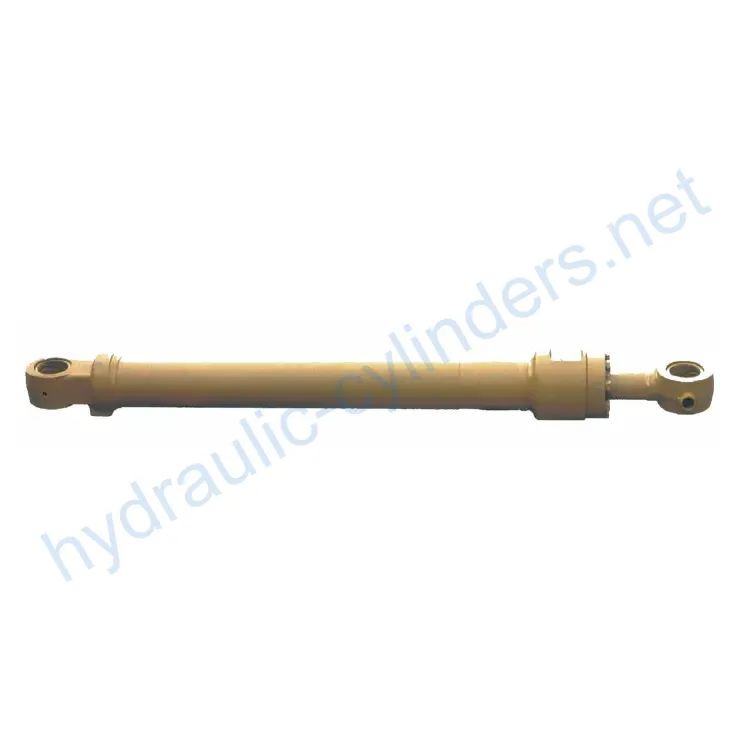Boom Cylinder For JCHI NS75-7
Як один з виробників, постачальників та експортерів механічних виробів, ми пропонуємо гідравлічні циліндри та багато інших продуктів.
Будь ласка, зв'яжіться з нами для уточнення деталей.
Пошта:sales@hydraulic-cylinders.net
Виробник, постачальник, експортер гідравлічних циліндрів.
Boom Cylinder For JCHI NS75-7
Introduction to Boom Cylinder
The boom cylinder, specifically the Boom Cylinder for JCHI NS75-7, plays a pivotal role in heavy machinery, particularly in hydraulic systems. This type of hydraulic cylinder is designed to control the movement of various attachments, such as buckets on excavators, backhoes, and front loaders. It enables the bucket to lift, lower, and tilt, which is essential for efficient material handling tasks.
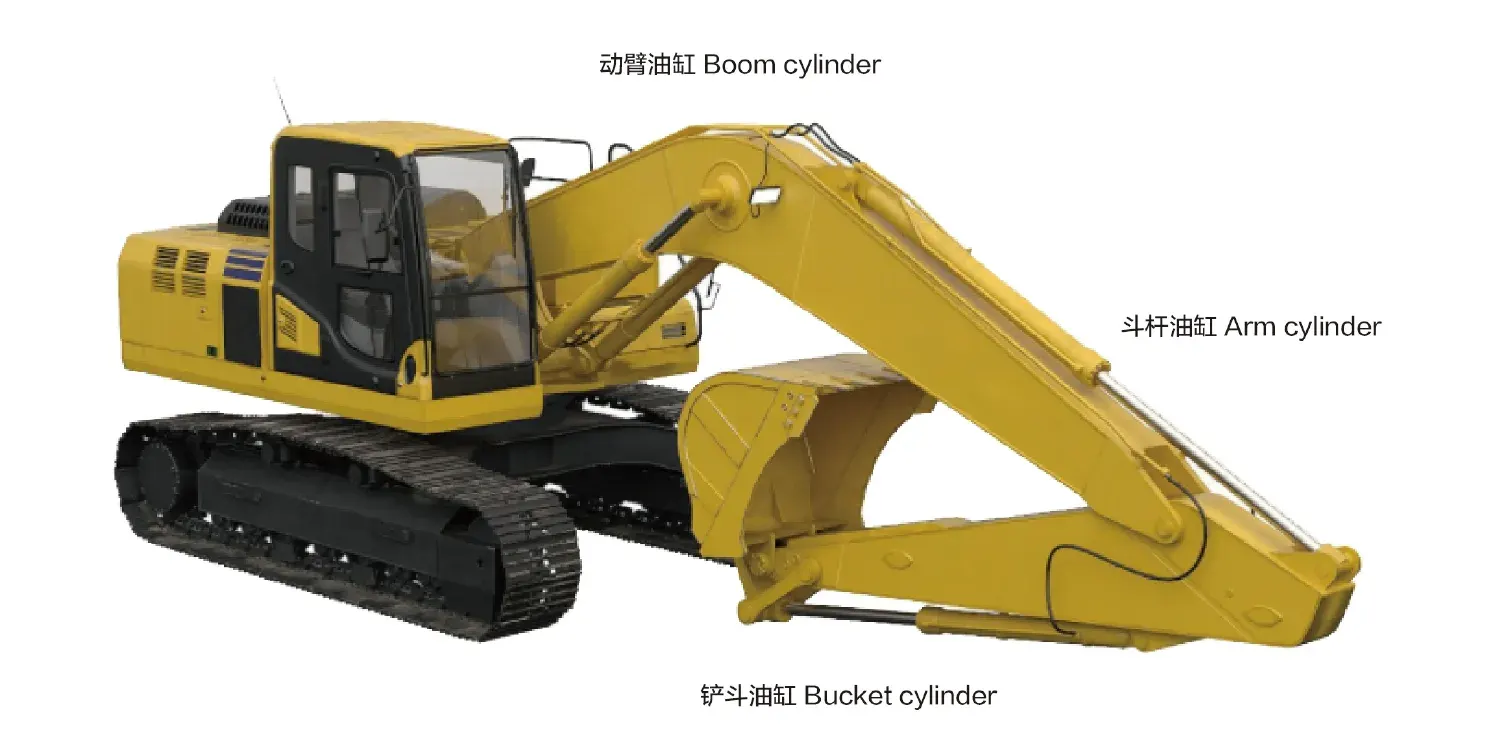
Overview of Bucket Cylinder Functions
Bucket cylinders are hydraulic cylinders specifically engineered to manage the complex operations of heavy equipment. They are crucial for tasks that involve lifting and moving heavy loads. The hydraulic system utilizes fluid pressure to create motion, allowing for smooth and precise control over the bucket’s movements. This functionality is vital in applications across various industries, including construction and agriculture.
Features of Boom Cylinder for JCHI NS75-7
- High Strength and Durability: Made from high-strength steel or aluminum, capable of withstanding high pressures and heavy loads, suited for harsh working environments.
- Efficient Hydraulic Operation: Utilizes hydraulic oil pressure for smooth retraction and extension, responding quickly to commands while providing powerful push and pull capabilities.
- Diverse Types: Available in single-acting (operating in one direction) or double-acting (operating in both directions) cylinders, with some models being telescopic for extended reach without increasing external dimensions.
Our Manufacturing Capability
We manufacture this product with a commitment to quality and precision, ensuring that our hydraulic cylinders perfectly replace existing models in the market.
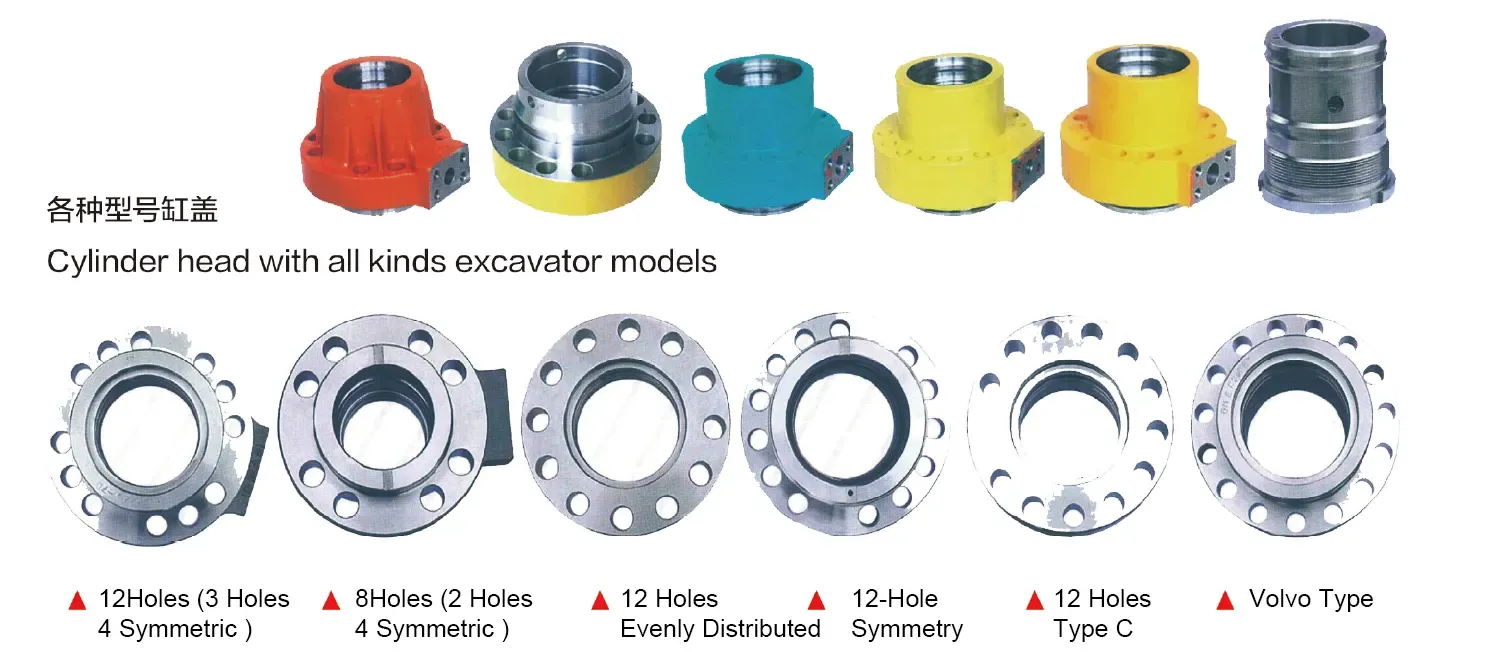
Applications of Boom Cylinder
Construction Equipment
In construction equipment, boom cylinders are integral to excavators, facilitating the digging, loading, and transporting of dirt or debris. They enhance the machine’s operational efficiency, allowing for substantial productivity in projects requiring excavation or material relocation.
Agricultural Machinery
In agricultural machinery, front loaders utilize boom cylinders to scoop, lift, and transport soil, hay, and other materials. Their robust design ensures reliability during demanding agricultural tasks, optimizing workflow on farms and ensuring effective handling of resources.
Excavators
In excavators, boom cylinders enable the buckets to penetrate the soil, performing essential digging operations. Their precise control allows for accurate excavations and minimal disruption to the surrounding area, thereby enhancing operational efficiency.
Loaders
In front loaders, boom cylinders assist in lifting and dumping loads efficiently. The strength and durability of the hydraulic system allow for safe handling of materials, making loaders indispensable in construction and landscaping operations.
Design Considerations and Selection Criteria
Load Capacity
The load capacity of a boom cylinder is one of the most crucial design considerations. It must be capable of supporting the weight of the materials being lifted while ensuring operational safety. Designers take into account the maximum load requirements of the machinery, ensuring that the cylinder can handle these demands without risk of failure.
Sealing Mechanisms
Effective sealing is vital for hydraulic cylinders to prevent fluid leakage and maintain pressure. High-quality seals must be utilized, which can withstand the pressures and temperatures encountered during operation. The choice of sealing materials, such as polyurethane and nitrile rubber, can significantly affect performance and longevity.
Durability
Durability is paramount in the design of boom cylinders. They are exposed to harsh conditions, including dirt, moisture, and extreme temperatures. Design features, such as resistance to wear and corrosion, are implemented to prolong the lifespan of the cylinders and reduce maintenance needs.
Safety Features
Safety is another critical consideration in the design of hydraulic cylinders. Features such as overload protection and pressure relief valves are incorporated to prevent accidents during operation. Ensuring that these safety measures are in place is essential for the protection of operators and equipment.
Maintainability
Ease of maintenance is a crucial factor when designing hydraulic cylinders. Parts should be accessible for inspection, and replacement components should be readily available. Regular maintenance schedules can help in identifying potential issues before they escalate, thereby prolonging the life of the equipment.

Sealing and Lubrication
Proper sealing and lubrication are essential for the optimal performance of hydraulic cylinders. Various sealing components, such as piston seals and rod seals, must be chosen for their durability and resistance to wear. Seals made from materials like polyurethane and nitrile rubber provide excellent performance under high pressure and extreme temperatures. Furthermore, the cylinder body and threaded end surfaces undergo precision treatment to enhance wear resistance. Regular lubrication with hydraulic oil is necessary to ensure smooth operation and minimize friction within the system.
Regular Inspection and Preventive Maintenance
- Regular Inspections: Conducting routine checks on hydraulic cylinders helps identify wear and tear early. Ensuring that all components are functioning properly can prevent major failures.
- Proper Lubrication: Regularly lubricating the moving parts of the cylinder is crucial. This minimizes friction and wear, ensuring efficient operation.
- Seal Replacement: Seals should be checked regularly and replaced when they show signs of wear. This prevents leaks and maintains the performance of the hydraulic system.
Installation Guidelines
Correct installation of the boom cylinder is crucial for its performance and longevity. Begin by ensuring that the cylinder is properly aligned with the mounting points of the machinery. Use appropriate mounting brackets to secure the cylinder in place—this will help prevent misalignment during operation. It’s essential to apply the correct torque specifications during installation to avoid over-tightening, which can lead to damage. Ensure that all hydraulic connections are secure and free from leaks. After installation, conduct a thorough testing phase to ensure that the cylinder operates smoothly and efficiently.
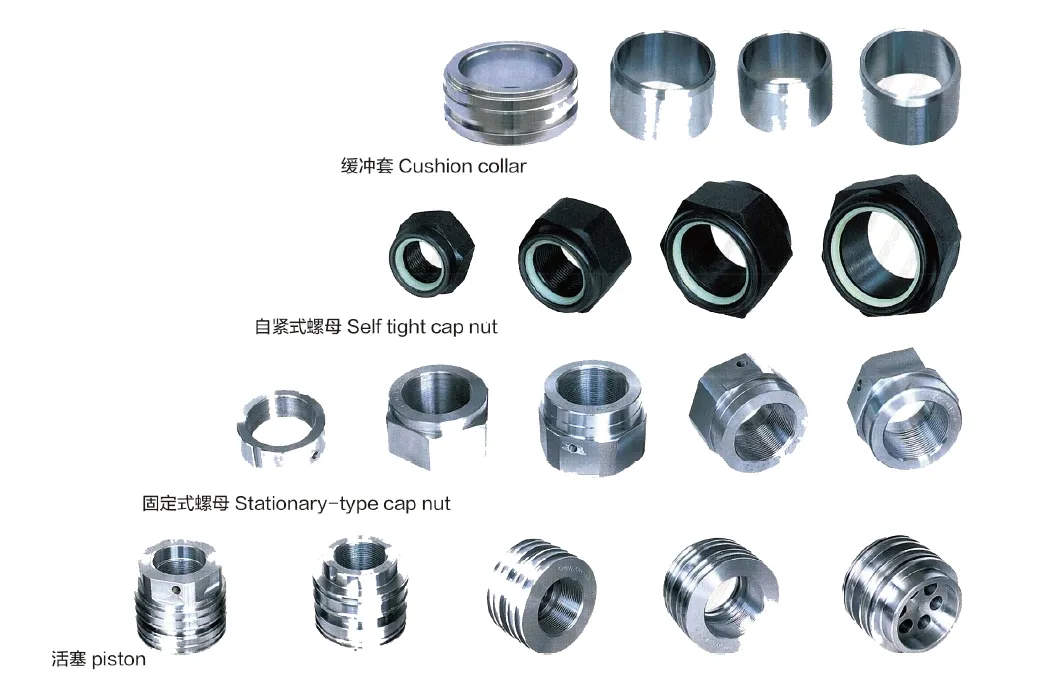
Safety Considerations and Environmental Factors
When working with hydraulic cylinders, safety measures must be prioritized to mitigate accidents. Operators should be trained in the safe handling of equipment, including understanding hydraulic pressure and the potential risks involved. Wearing appropriate personal protective equipment (PPE) is essential. Additionally, environmental factors such as exposure to extreme temperatures and corrosive substances should be considered in the design and operation of boom cylinders to ensure their longevity and reliability.
Fault Diagnosis and Common Issues
- Leakage: One of the most common issues is fluid leakage, which can be caused by worn seals or improper connections. Addressing this promptly is essential to prevent fluid loss and maintain pressure.
- Reduced Performance: If the cylinder is not extending or retracting as smoothly as it should, it may indicate issues with lubrication or internal wear. Regular maintenance can help mitigate this risk.
- Overheating: Overheating can result from excessive load or insufficient lubrication. Monitoring operating temperatures is crucial for preventing damage.
Troubleshooting Tips
To effectively diagnose and resolve common issues with hydraulic cylinders, operators should conduct regular maintenance checks. Keeping an eye on fluid levels and ensuring that seals are intact can help prevent leaks. If performance issues arise, checking for proper lubrication and making sure there’s no internal damage is essential. Implementing preventive measures, such as regular lubrication and timely seal replacements, can significantly reduce the occurrence of problems.
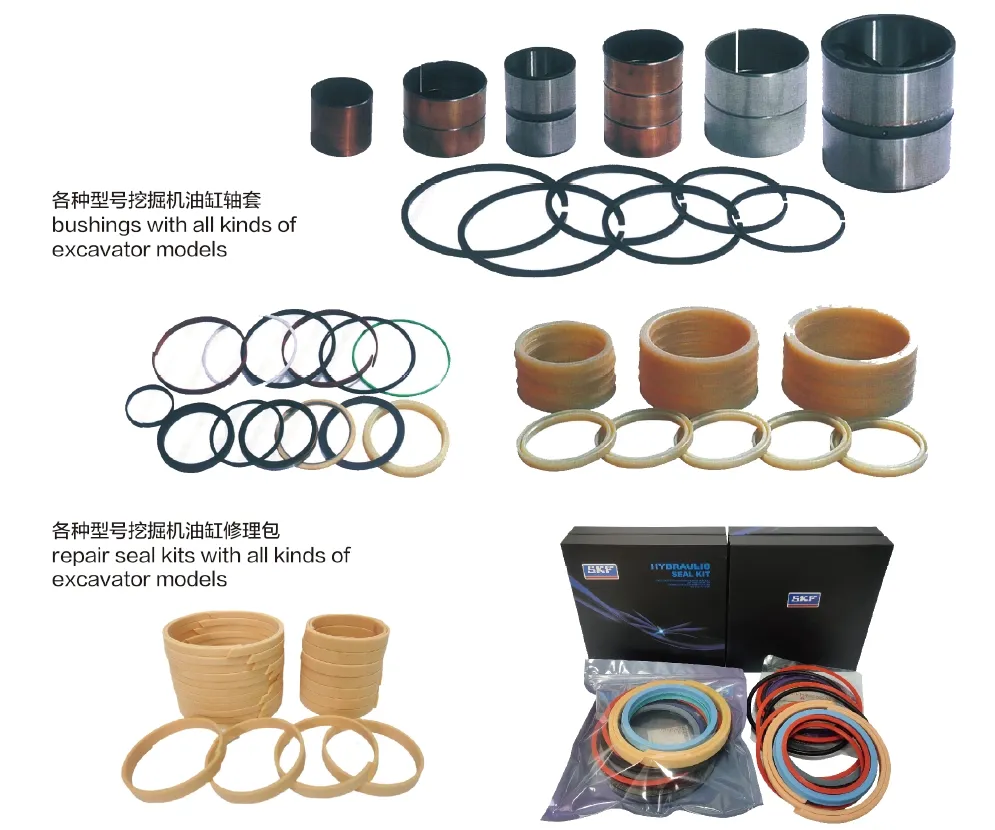
Company Overview
We are a leading manufacturer of replacement hydraulic cylinders, specializing in a wide range of products for domestic and international markets. Our commitment to excellence in quality is supported by a refined manufacturing strategy that focuses on precision production management. Our skilled workforce, advanced digital manufacturing equipment, and robust testing systems continuously enhance our production capabilities. We pride ourselves on our ability to meet diverse customer needs with high efficiency, precision, and quality.
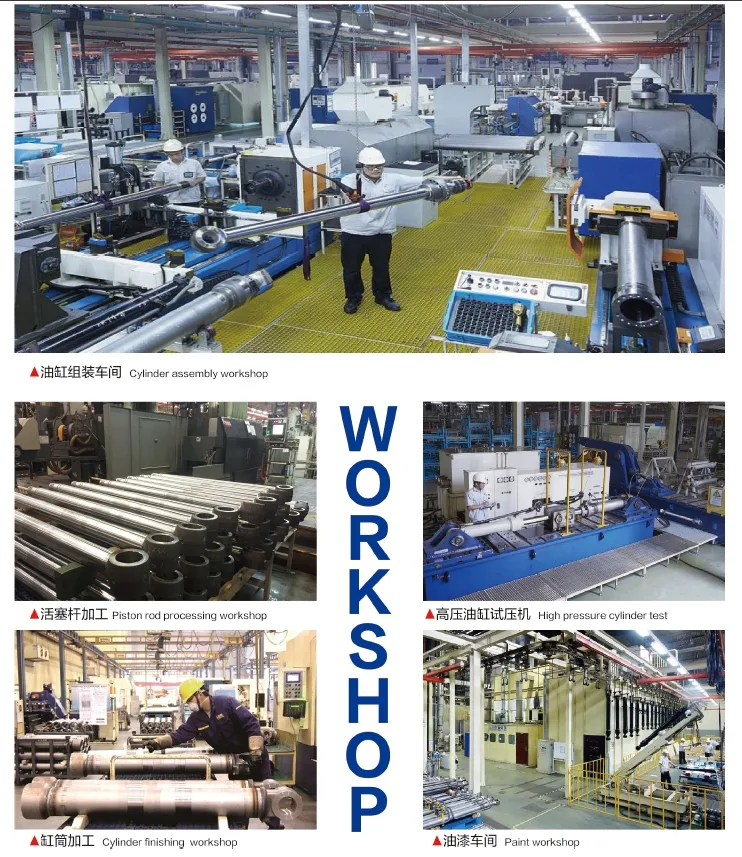
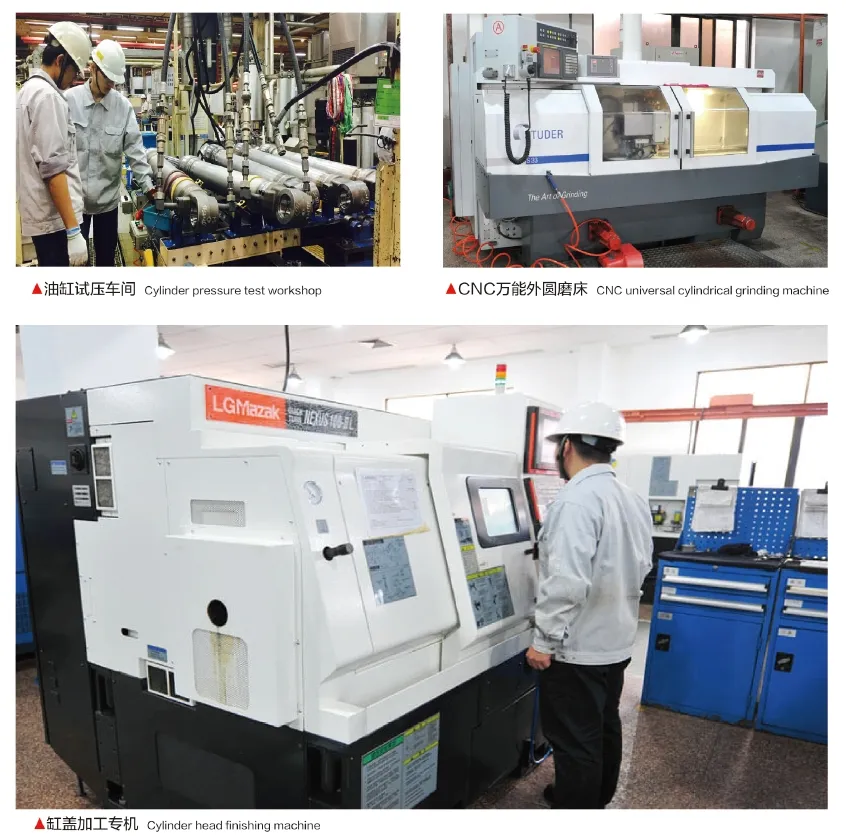
Our professionalism is backed by international certifications, customized services tailored to client specifications, cutting-edge production equipment, and comprehensive after-sales support.
Author: lyl
Take a Tour of Our VR Factory:
Take a tour of our VR factory with the following
Hydraulic Cylinder Application:


